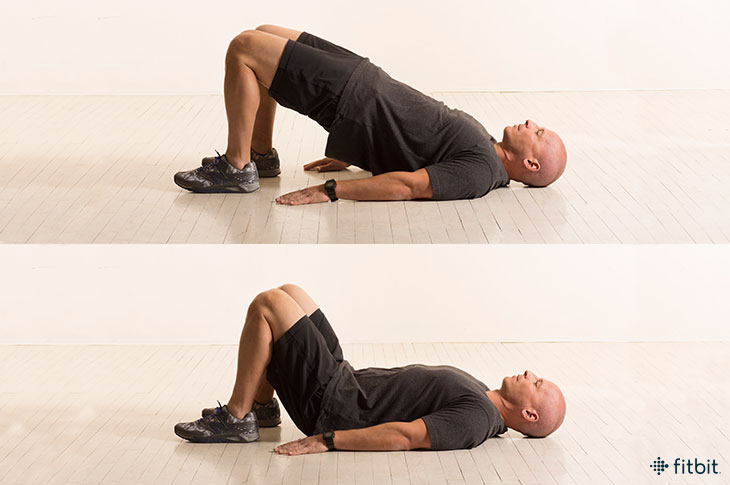
Meet any workout enthusiast and it’d be hard to find one who doesn’t work their abs. But the psoas? Most people couldn’t tell you where it’s located, let alone how to work it. It’s a shame, because the psoas could be the secret to moving through a fuller range of motion more efficiently—and, in turn, better workouts and performance, as well as less pain and freer movement during and after your workout.
“The muscles we typically hear about tend to be superficial,” says Steve Middleton, DPT, director of the Athletic Training Education Program at William Woods University in Fulton, Missouri. “We can see when they’re working and when they’re developed.” The psoas, on the other hand, is deep in the abdominal cavity, so it’s easy to overlook.
The muscle crosses both the low back and the front of the hip, Middleton explains. Its job is to cause hip flexion, or the forward motion of the hip. We use it when doing activities like walking and running. But thanks to modern living, your psoas may need some TLC.
Why Should I Care About My Psoas?
“The psoas tends to get short when we sit a lot, and in our society, we sit a lot,” says Rick Richey, DHSc, MS, LMT, cofounder of RēCOVER, a recovery studio in New York City. When you leave a muscle in a position where it’s shortening for a long period of time like that, the muscle will try to maintain that position even when you’re not sitting, he adds. This is called adaptive shortening, and it can lead to restricted range of motion, back pain, knee pain, and weak glutes, Richey says. All of that can negatively impact your workouts. Luckily there are stretches and exercises you can do to keep your psoas healthy.
Stretches for a Healthy Psoas
Because the psoas helps with posture, it needs a lot of endurance to hold us up against the forces of gravity all day long—and that requires a different way of training, Middleton explains. “It’s more about slowly moving the muscle into position and holding it,” he says.
One of the best things for a healthy psoas is starting and ending your day with some simple stretches. First, before you get up in the morning, Middleton recommends sliding over to the edge of the bed and letting one leg hang off for about a minute. Then repeat this with your other leg. “This allows the tissues to elongate more,” he explains. Repeat this again when you climb into bed at night.
Second, once you are out of bed and standing, take your knee to your chest, using your hands to pull it in gently. Hold for one minute. Return to standing and slide your foot behind you slightly to feel a stretch in the front of your hip. Your feet will be in a staggered position. Keeping your feet pointing straight ahead, tuck your pelvis under you like a scared dog, Richey says. This will put your pelvis into an anterior tilt so you feel a stretch. Hold this for one minute. Then repeat both movements on the opposite leg. Do this move again right before going to sleep at night, Middleton recommends.
In addition to this standing version, Richey recommends a kneeling hip flexor stretch: Kneel on both knees. Step one foot forward so your knee is directly over your ankle. From here, tuck your pelvis underneath you. Hold for at least 30 seconds, then repeat on the opposite side. Do three sets.
Exercises for a Healthy Psoas
In addition to stretches, hip extension movements, which lengthen the front of the hips, are great for the psoas, Richey says. He also recommends glute bridges. “When you do this exercise, you work the hip extensors and at the same time you’re in a position that’s a stretch for the hip flexors,” he explains. Be sure to squeeze your glutes for about two seconds at the top of the movement to help activate the glutes.
Doing 15 reps of glute bridges anytime is good, but it’s even better before a workout. “You are warming up the glutes and stretching the hips flexors, which will minimize restriction in the hips and maximize activation in the glutes,” Richey says. That leads to better movement during your workout, especially when doing exercises like squats, which in turn leads to better results.
This information is for educational purposes only and is not intended as a substitute for medical diagnosis or treatment. You should not use this information to diagnose or treat a health problem or condition. Always check with your doctor before changing your diet, altering your sleep habits, taking supplements, or starting a new fitness routine.

If you have questions about a Fitbit tracker, product availability, or the status of your order, contact our Support Team or search the Fitbit Community for answers.
Please note: Comments are moderated and may not appear immediately after submission.